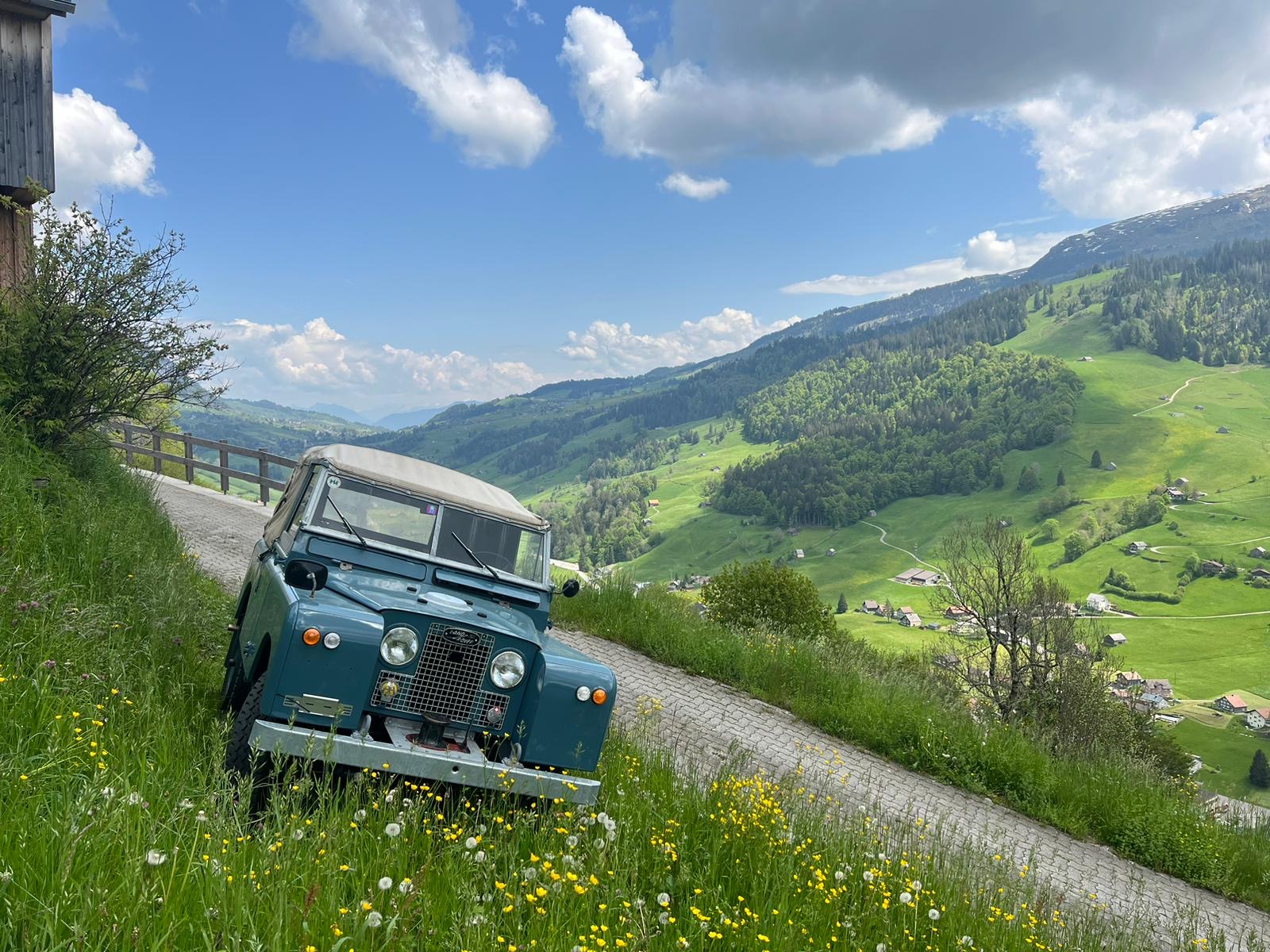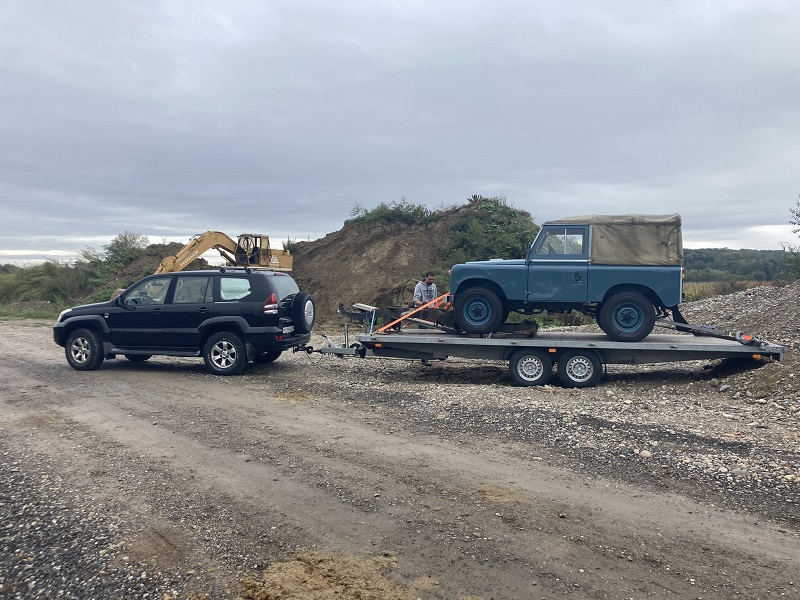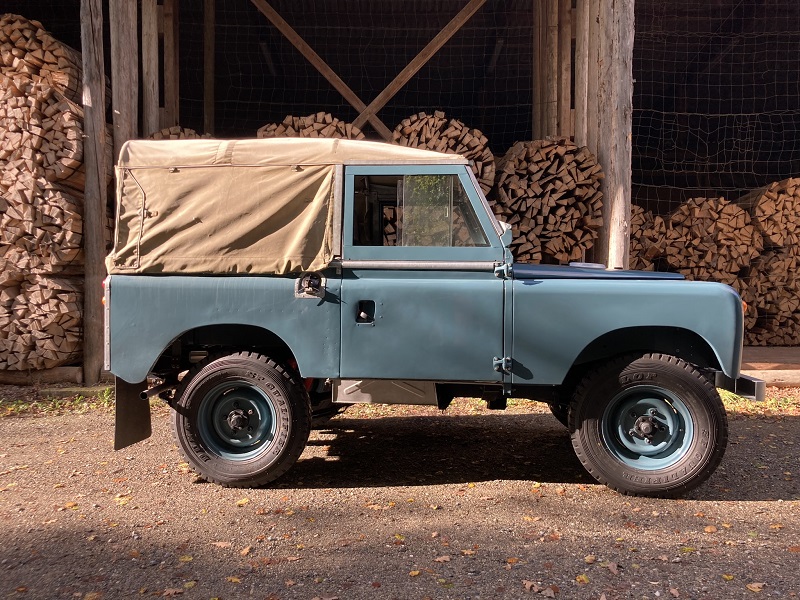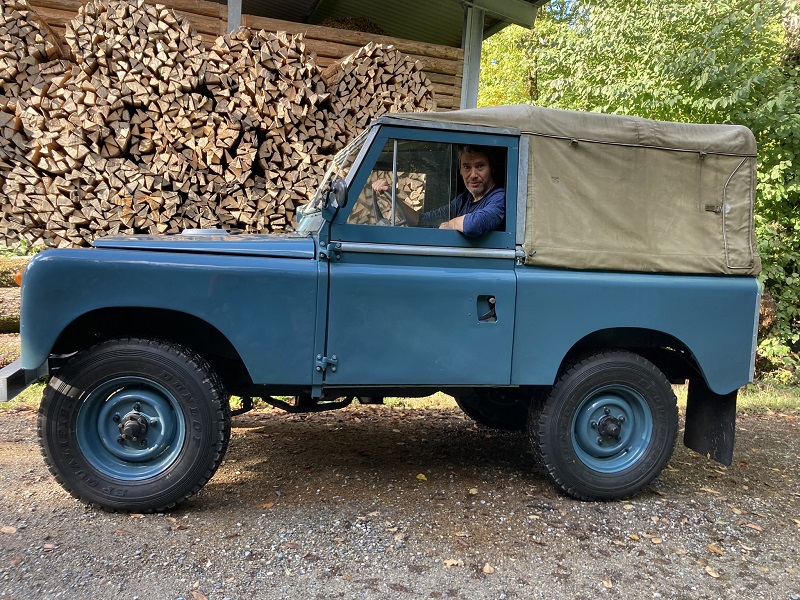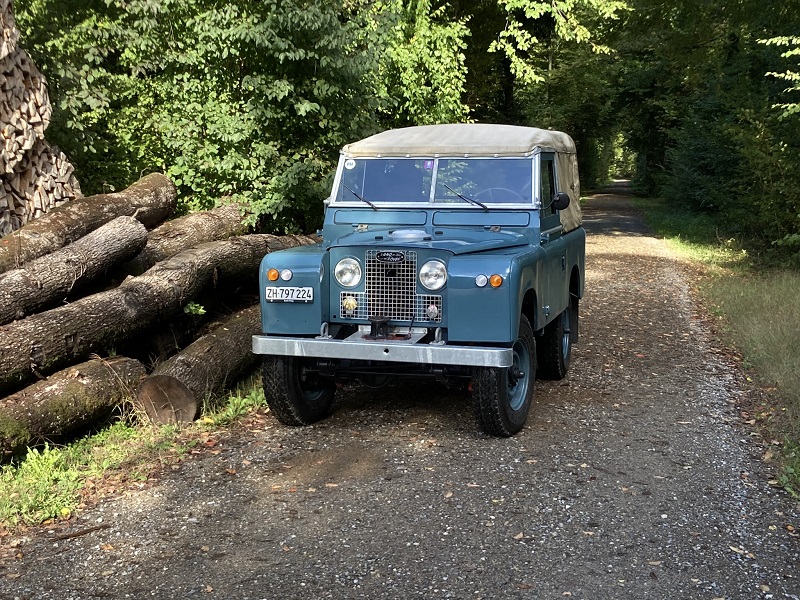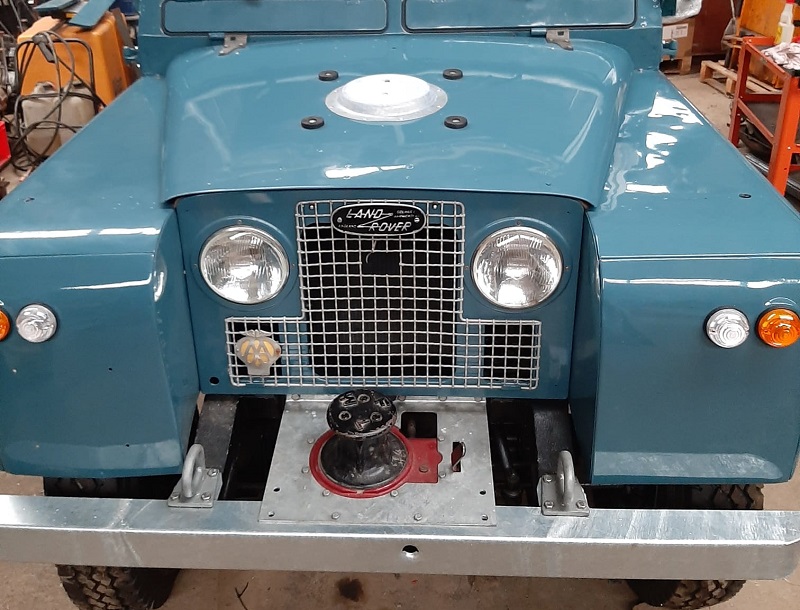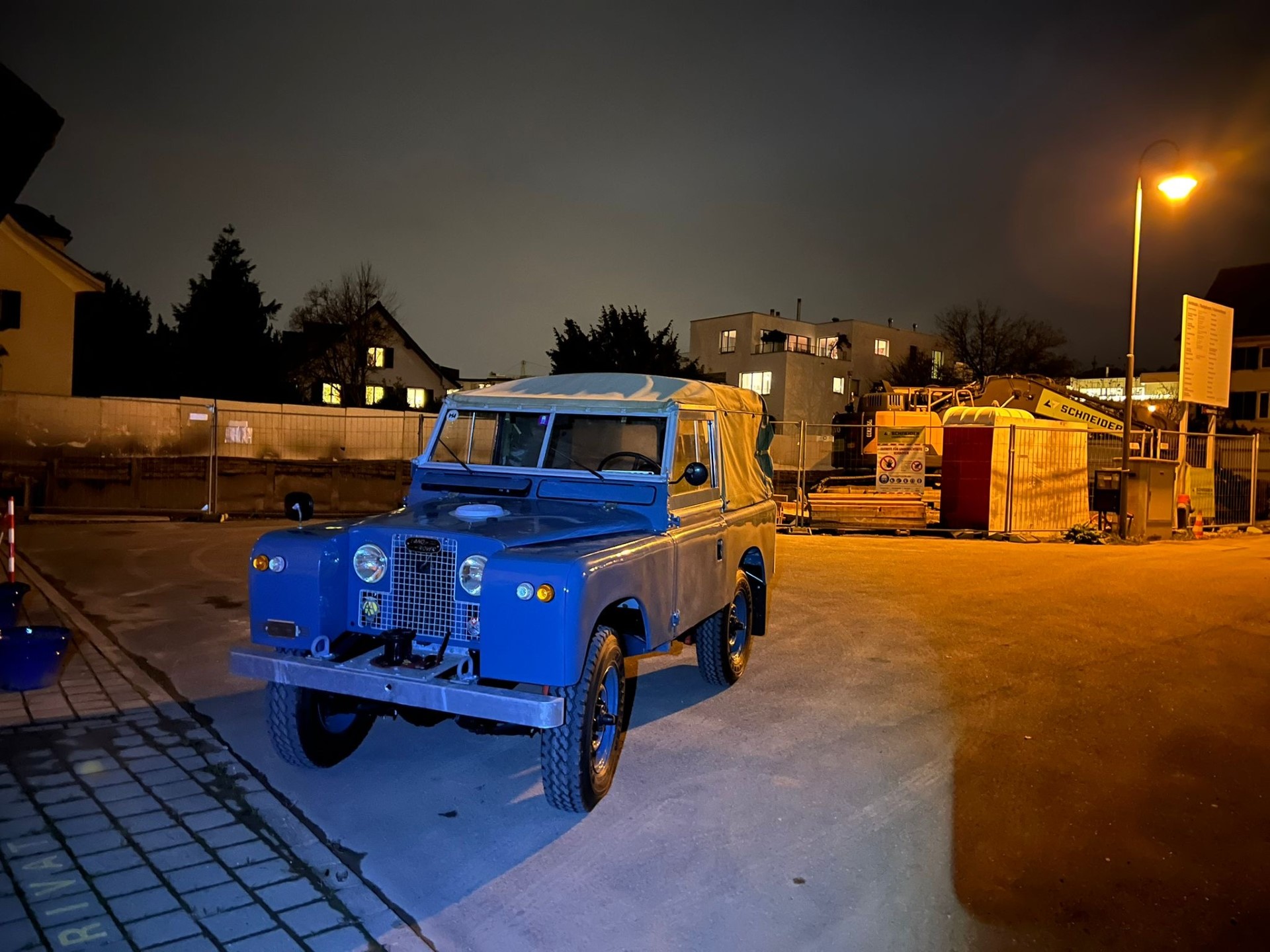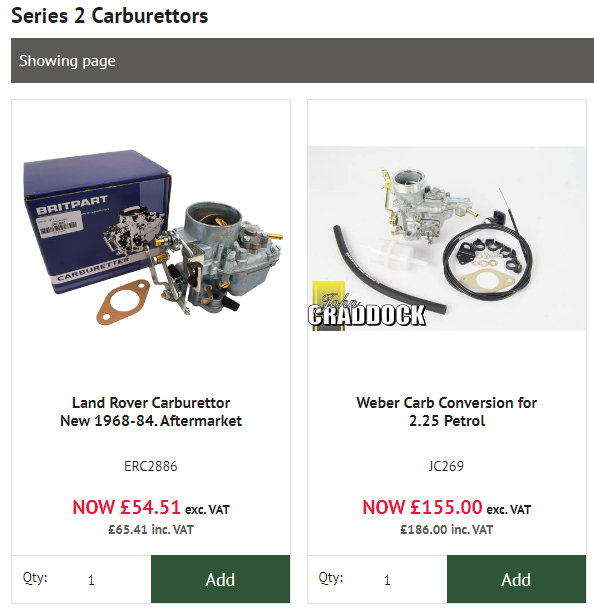
A carburetor story
Victoria's 2 1/4 petrol engine ran
on almost all the carbs that exist on the market !
The SIIA Land Rover was to be chosen between two
engines: the traditional petrol one and the newly diesel
version, both sharing the same block and capacity of
2.25 L. The petrol engine, of course, was fed by a
carburetor.
The factory standard changed over the years.
The units mounted to 2.25L engines have in common the
fact to be basic and uncomplicated items. On the other
hand, they are causing number of problems, as their
simple designs make them working in any condition... but
often poorly.
Let's take a look at the different carbs that exist and
that Victoria experienced in her long life.
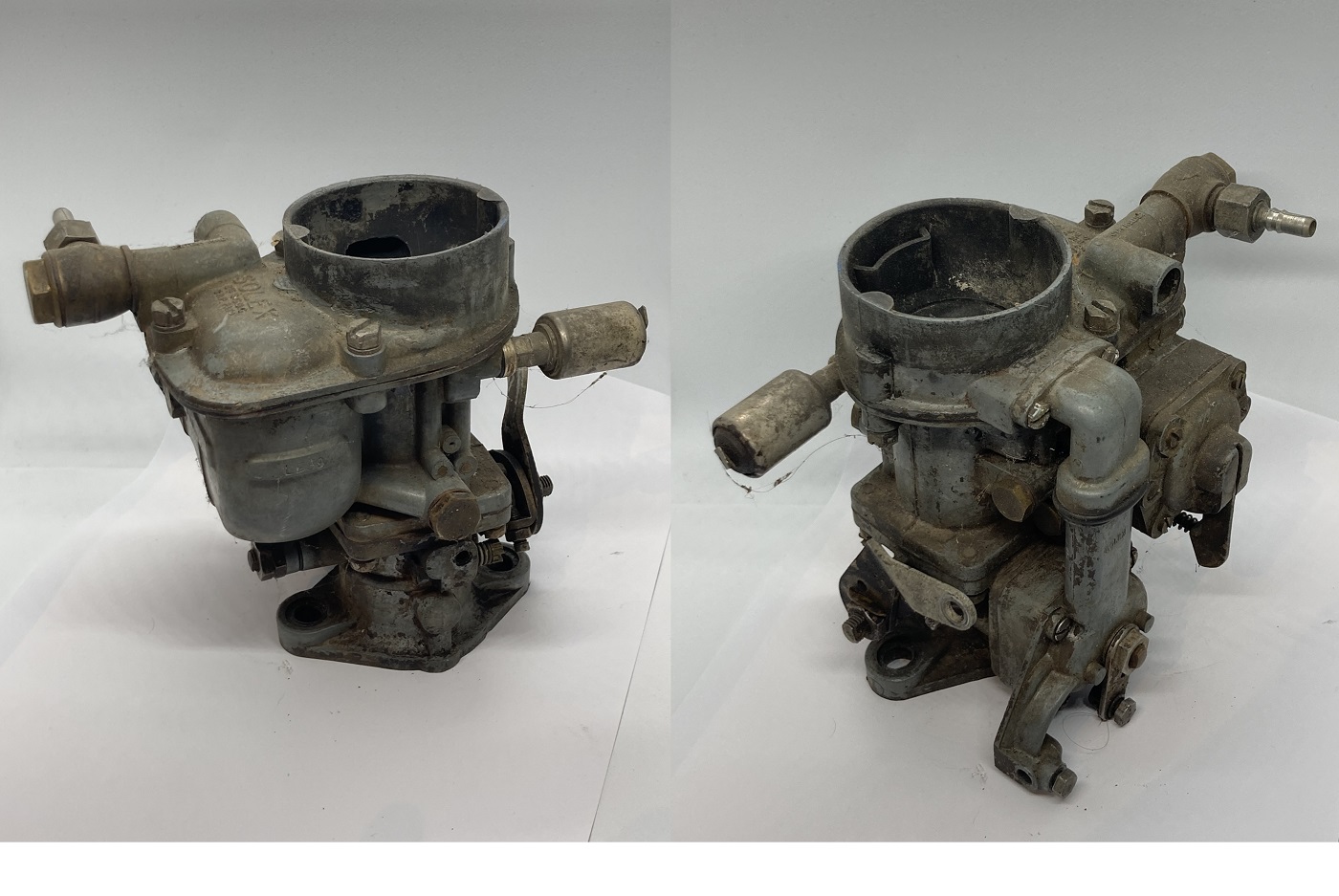
1963-1996 SOLEX 40PA
Original carb factory on petrol
Landies between 1958 and 1967
The SOLEX was the factory choice since 1958. After 35
years of good service, it was literally dripping
petrol. As the carb is located vertically above
the exhaust manifold, the discovery of the petrol drops
falling and evaporating as they touched the burning-hot
exhaust pipes made a scary scene to be found
indeed. I still remember that very moment 30 years later
and the sound it made "psscchh" !
Beyond-tolerance free play everywhere, jets badly worn
and, as seen above, poorly effective washers meant that
a repair would probably be a frustrating journey,
rebuild-kits in the 90's were not available and a
professional repair grandly out of budget.
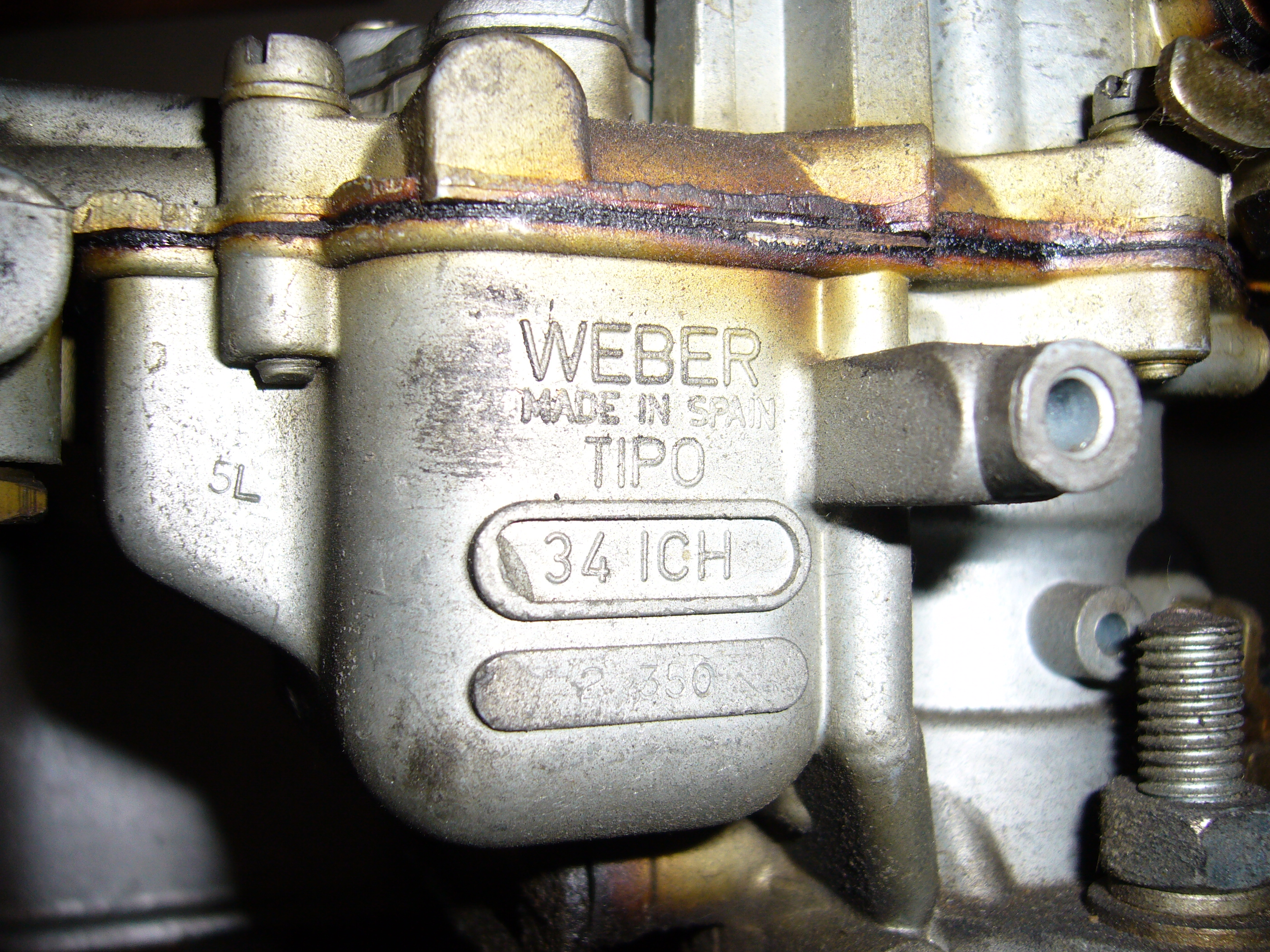
1996-2009 WEBER 34 ICH
The aftermarket best-seller
carburetor in the 80's to replace worn factory carbs
(VERY) quick after the (HORRIBLE) leak discovery, we
decided to go for a new carb: the most common
replacement at that time was a new out-of-the-box WEBER
aftermarket carb. Made in Spain (bad) or in India (worst
than bad), the new item straight out of the box was not
working properly, giving the exact same symptoms than
the old SOLEX, which was very frustrating as we thought
the new carburetor would solve all of our problems.
Well, thanks to the experience of a skilled local
garage, it was found after a rigorous diagnose process
that one of the jets of the brand new WEBER was not
free... A blow of an airline and soon the car was idling
like a Swiss clock. So even when you buy a new part,
depending on the quality standards, beware that the
remedy can in some occurrences be worst than the
illness.
I never enjoyed the WEBER 34ICH conversion.
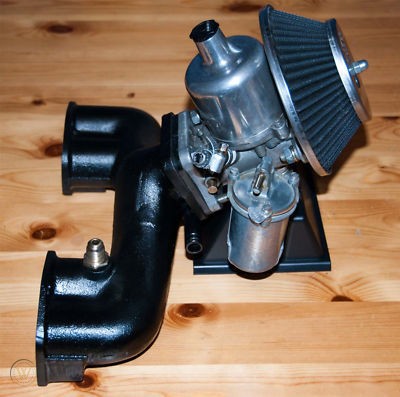
2009-2012 SU HS6 with K&N air filter and specific inlet manifold
Terrific combination offering +15bhp
out of the box
Sadly, the conversion was short lived as the Swiss MOT
in 2012 spotted it immediately and requested to get back
to a more decent carburetor. The WEBER, being an
aftermarket item, is perfectly tolerated (as
under-powering an engine is not an issue). Some would
think a SU carb found under an English car bonnet is not
a strange thing to find in comparison but... the MOT
technician himself being an ex-Land Rover mechanic
couldn't not spot it !
The kit is proposed by Automotive Components
Remanufacturing and HJN Engineering Ltd. ACR is
providing it with a specific optimised inlet manifold,
while the HJN bolts on the original manifold, using a
specific intake elbow.
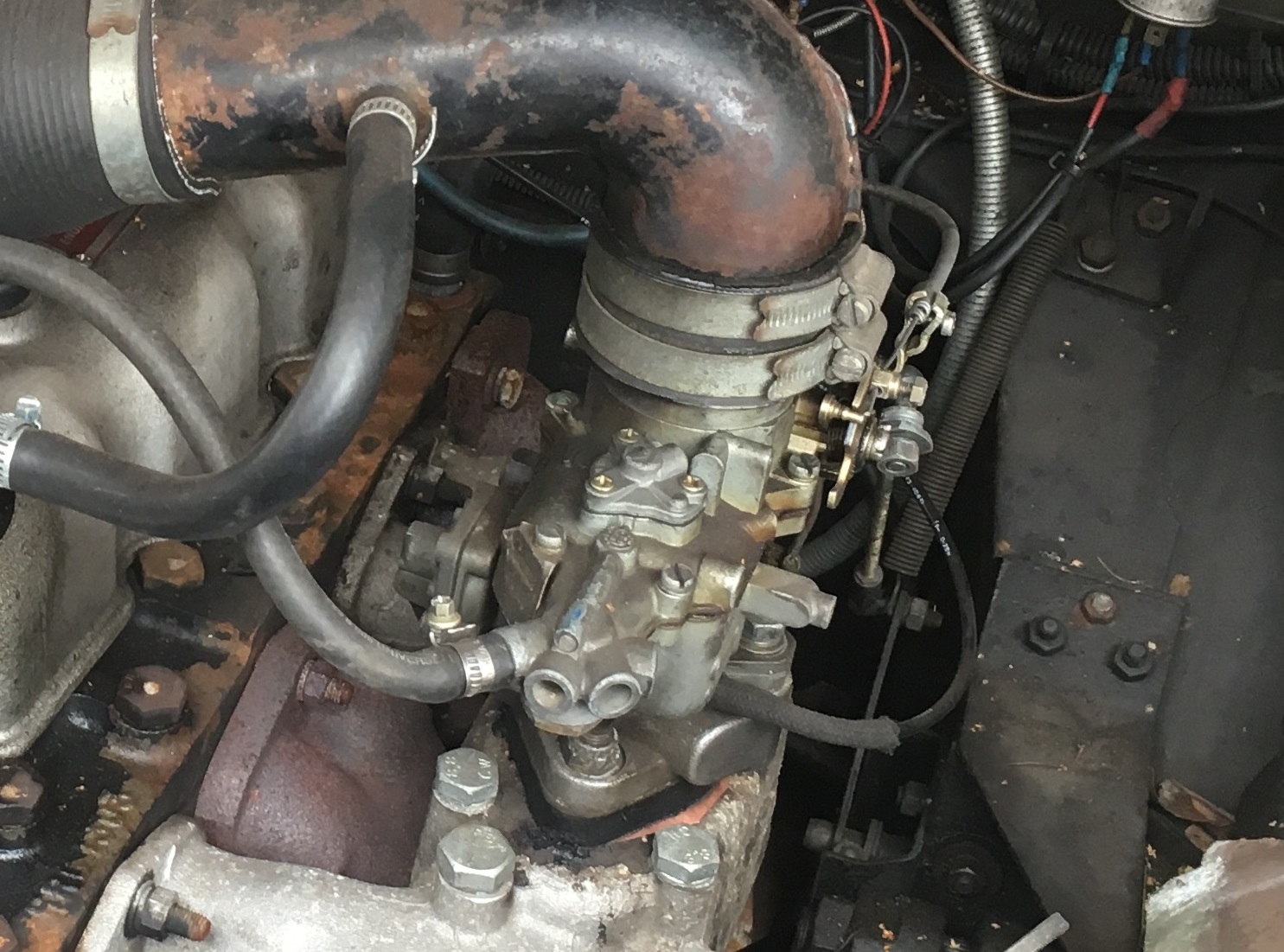
2012-2023 WEBER 34 ICH
Once again with the WEBER 34ICH !
The SU kit was quickly sold to a French Land Rover SIIA owner, as the french MOT is less caring about modifications..
So... another old WEBER found at the back of the garage was mounted in place. Believe it or not, the WEBER in question (history unknown) saw the car stopped just after 30km of drive, on the side of a sideroad, on a sunny afternoon and refusing to start...
After some fiddling around without any success, we had the strange idea to try a swap with the very first WEBER that I (luckily) kept under the driver seat for no reason. Victoria started immediately and ran happily on it (as much as a WEBER 34ICH can, of course) until 2023...
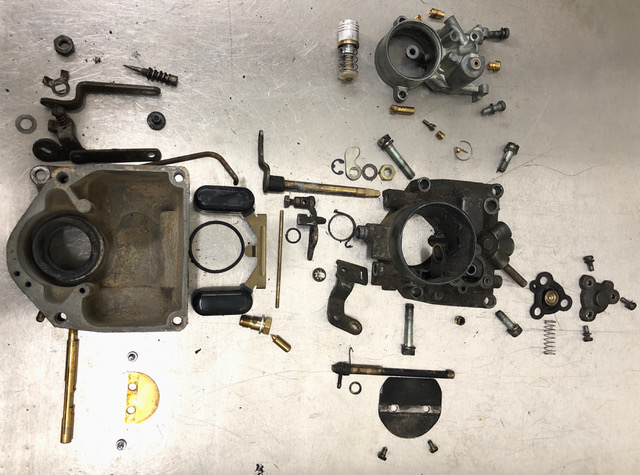
2023-... ZENITH 36IV
Finally, back to a
factory standard
This carburetor is a factory standard which replaced the SOLEX on the assembly lines from 1967 onward. This is why Victoria had the SOLEX installed, being a 1963 car.
The ZENITH, strangely enough, is not any more sophisticated or innovative than the SOLEX was. Actually, it is well known to be a fairly primitive carburetor. On the positive side, it has the reputation of offering a more lively ride which gives the 2.25L a pleasant drive.
This is why it was decided to mount a ZENITH during the major 2020 restoration, taking the opportunity to get rid of the restrictive WEBER... one thing to know is that the ZENITH is a straight bolt-on replacement to the WEBER (or contrary) as they share a similar base.
ZENITH 36IV are discontinued since long... but cheap refabs do exist. If your life is not chaotic enough, go for one of them: you won't be disappointed by the extraordinary amount of troubles you will experience, thanks to those. If you prefer going the lower chaotic way provided by genuine parts, select an original second-hand ZENITH and have it refurbished using quality components.
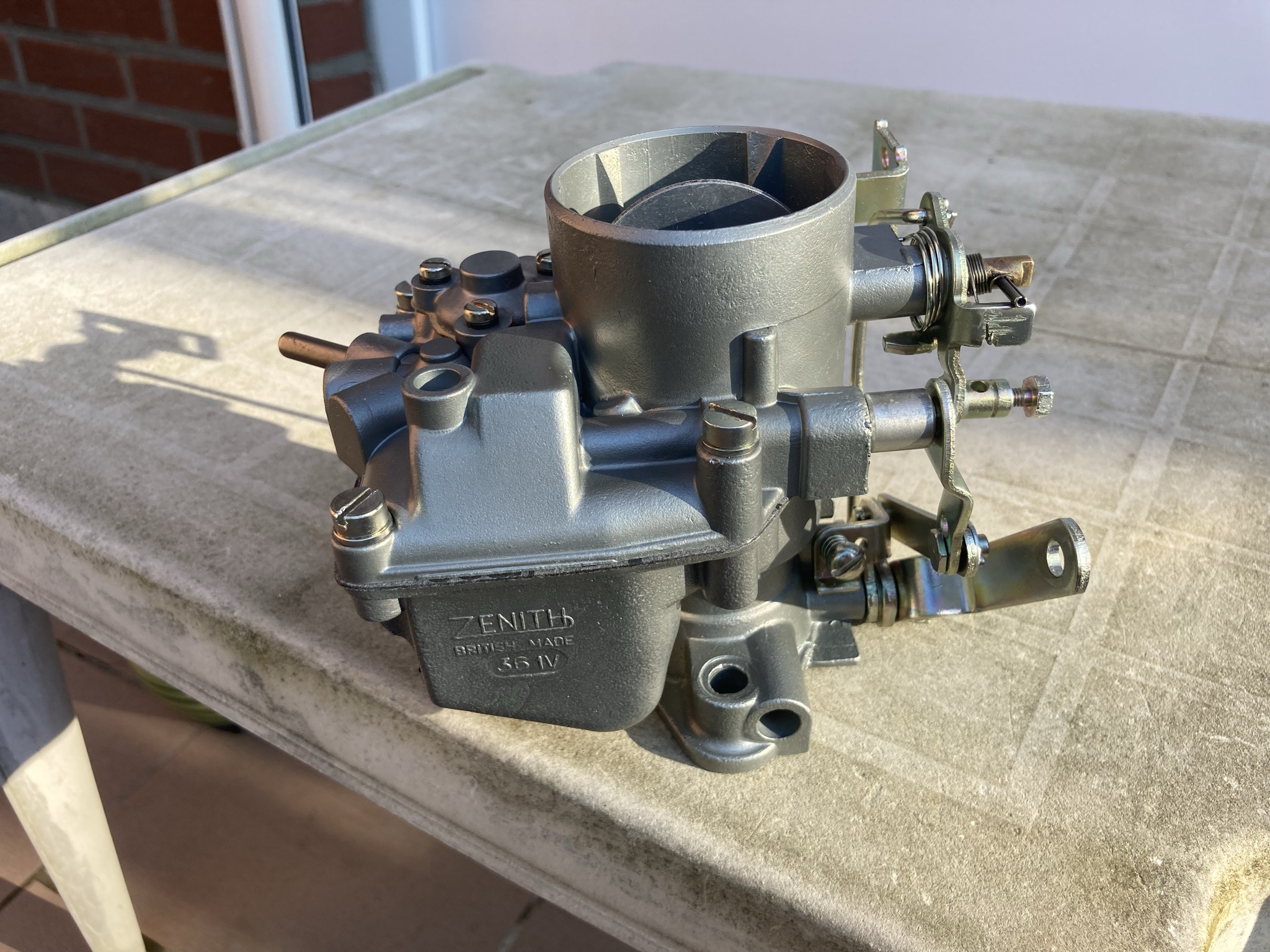
Series Forever recommended to contact Martin Lawrie from Fuggle's Fettling, specialist of restoring carburetors for old cars. Martin secured an old ZENITH and started the renovation, using only NOS and genuine parts. Soon after, the renovated ZENITH was shipped to Series Forever, in Belgium, where Victoria was ongoing its renovation. Customs in Belgian seem to have a strict policy against UK (brexiter to punish?) and blocked the delivery in order to get the duties paid. Once settled, the carb was bolted on the 2.25L and... leaked petrol badly from... somewhere! Impossible to locate the source of the leak. According to Martin close inspection, to which the carb was shipped back for after-sale repair, the aluminum body itself of the genuine ZENITH might have been porous... He decided to start again the whole job from scratch using another spare ZENITH body. This time, to avoid another deception, he 3D-printed a unique adapter base, in order to test the ZENITH on his own Series One engine, before shipping it back. Video shows the ZENITH 36IV carburetor smooth running on the 2.0L engine. Lovely.
Shipped again, this time to Switzerland where Victoria was transferred back, restoration ending in the meantime using the good old WEBER, and again paying customs duties to have finally the second ZENITH unit installed on the car !
Working on old cars can be an exhausting and costly experience. Be prepared for it if you want to ride a Classic !
